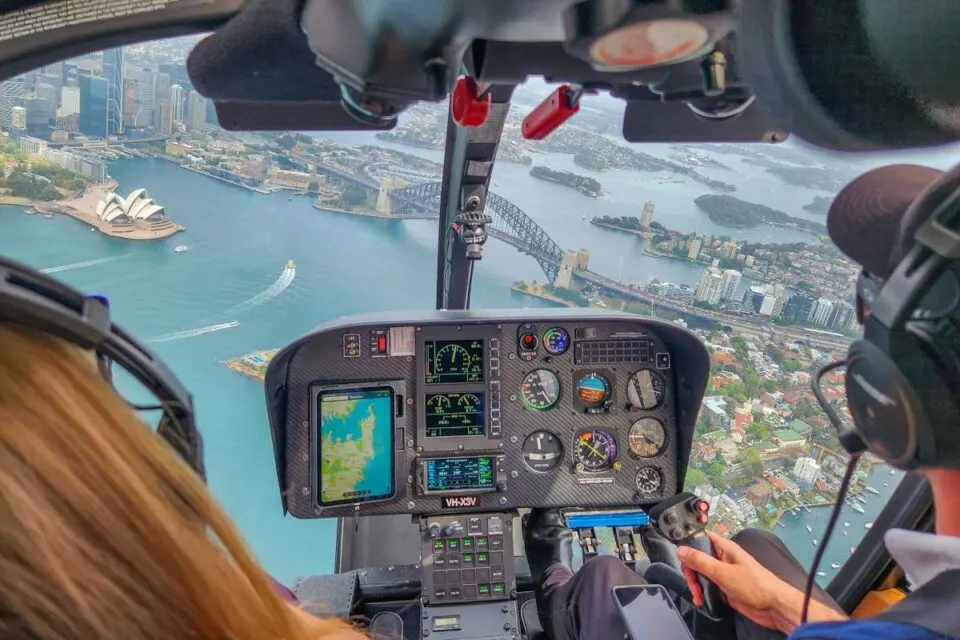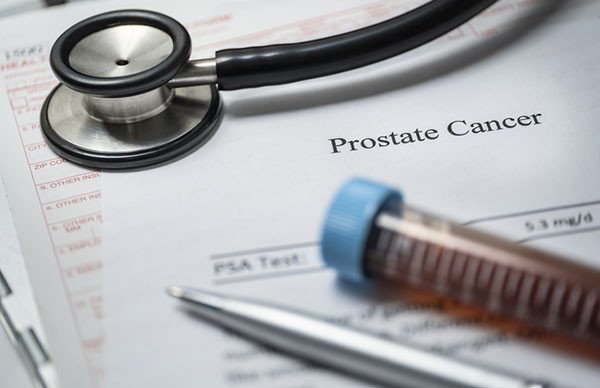Lifestyle
Ready to learn CPR?

The collapse on the football field of Buffalo Bills safety Damar Hamlin following a hard hit to his chest brought emergency responders running to do cardiopulmonary resuscitation (CPR) to help restart his heart, which had stopped beating.
When a heart stops beating (cardiac arrest), receiving even a simplified, hands-only version of CPR can at least double a person’s odds of surviving. Yet fewer than half of people who have cardiac arrest outside of a hospital receive CPR from someone nearby. And since four out of five cardiac arrests happen at home, the life you may save with CPR is more likely to be a loved one or someone you know than a stranger. Here are the CPR basics to know for adults.
How can you recognize whether a person is suffering cardiac arrest? Two key features are:
Knowing what to do in an emergency is invaluable. These one-minute hands-only CPR videos from the American Heart Association can help you learn the steps and the right speed for compressions.
CPR classes are offered through community education, hospitals, workplaces, and the American Heart Association. The hands-on practice of a CPR class can give you a better sense of the correct pressure and timing for compressions.
Worried about the time involved? Even a single, 20-minute training session — face-to-face or using virtual reality — offers skills and confidence, according to a 2022 JAMA Network Open study done in the Netherlands. When asked if they’d be willing to perform CPR on a stranger, just over 75% of young adults who had done the short training session six months earlier said yes.
As a service to our readers, Harvard Health Publishing provides access to our library of archived content. Please note the date of last review or update on all articles.
No content on this site, regardless of date, should ever be used as a substitute for direct medical advice from your doctor or other qualified clinician.
Get the latest in health news delivered to your inbox!






